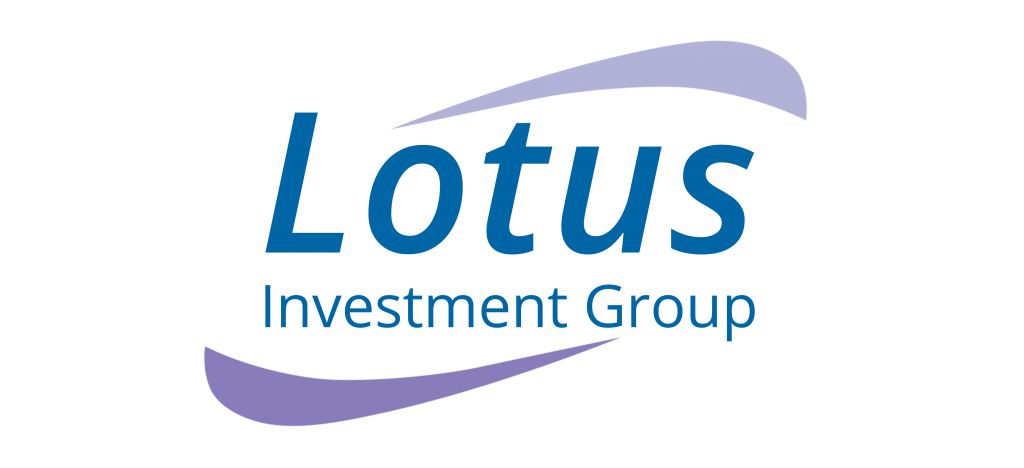The Housing Week in Numbers

Construction Activity
It has been a somewhat confusing week of news releases from Ireland’s beleaguered housing market. Firstly, residential construction levels have increased 55% when compared with the same month last year. The last twelve months have seen a marked jump in construction activity across most urban areas, with some 9,250 buildings currently under construction. Unsurprisingly, Dublin recorded the highest levels of activity at 35%, followed by Cork (11%) and the commuter counties around the capital.
The average residential vacancy rate now stands at 4.8%. While this is down only slightly on last year’s figure, 21 counties around Ireland experienced a decline in vacancy rates, which is interesting. In fact, director of financial services at Brokers Ireland, Rachel McGovern, believes that pent-up demand requires new housing output to increase by 176%.
Market Activity
In terms of market activity, we now know that 52,250 homes were ‘transacted’ in the twelve months to April 2018. As noted by Conor Skehan in the Sunday Independent last week, barely 19% of these were newly-built properties. As expected, the majority of all transactions were recorded in the Greater Dublin Area, taking in Meath, Kildare and Wicklow.
Mortgage Market
Looking at the mortgage market, data published this week by the Banking and Payments Federation of Ireland (BPFI) shows strong re-mortgaging (15%) and first-time buyer activity. This report suggests that Irish mortgage lending in Ireland is on track to grow by 20% before the end of the year.
“Will regular readers here be surprised by the report’s findings on the buy-to-let mortgage market in Ireland, which has dropped to just 2% of all new lending?”
Relatively high interest rates and more stringent lending rules are cited at as the main disincentive for residential investors; however, that implies a straightforward low level of funding applications. It would be more insightful to learn what proportion of investment mortgages are accepted, rejected or offered on such onerous terms as to render them non-viable. Overall, despite a clear slowdown in mortgage approvals, the mortgage market in Ireland is still set to grow by 20% (to €8.8bn) in 2018, according to Goodbody Stockbrokers,
House Prices
The CSO Residential Property Price Index was also published over the past few days showing year on year (to May) house price increases of 12.4%; however, the rate of growth certainly appears to be slowing. Overall, house prices have increased by 77.7% since 2013, with national average prices still 20% below peak prices (it is, perhaps, time to retire that particular comparison). In Dublin, houses in the capital are up 10.3%, with apartments up 13.5%. Interestingly, the highest price growth was in Dublin city, at 14.6%. By contrast, the lowest growth was in south Dublin, where prices increased by 6.6%. Homes in the rest of Ireland were 14.1% higher in the year to May.
In effect, this mean that while houses in Dublin are now €145,000 more expensive than they were five years ago, we are likely to see a big drop in the speed with which house prices are increasing.
Ian Lawlor
086 3625482
Director / Business Development
Lotus Investment Group
